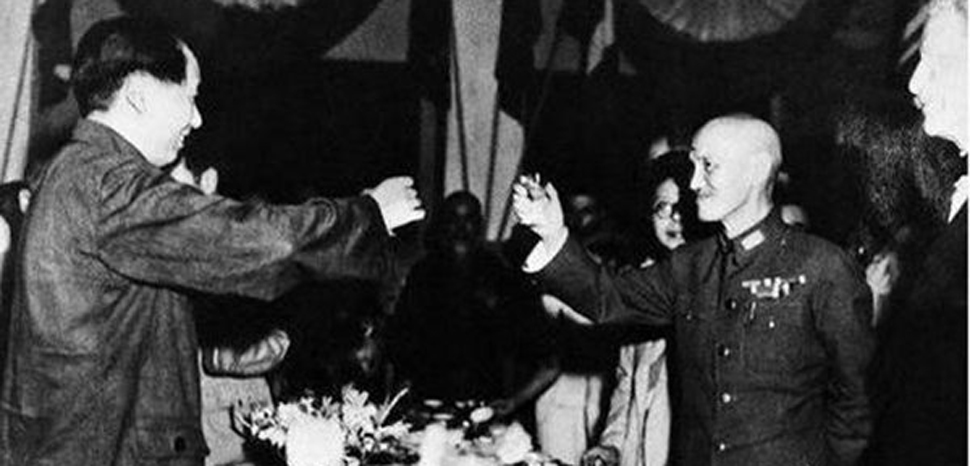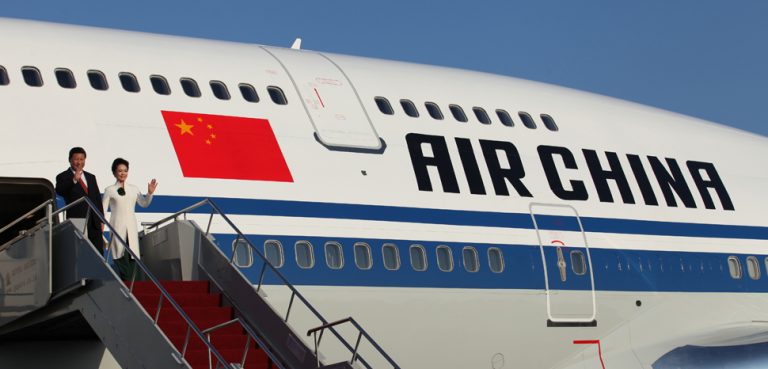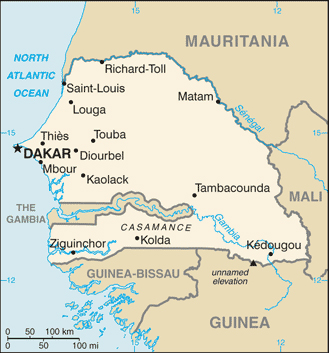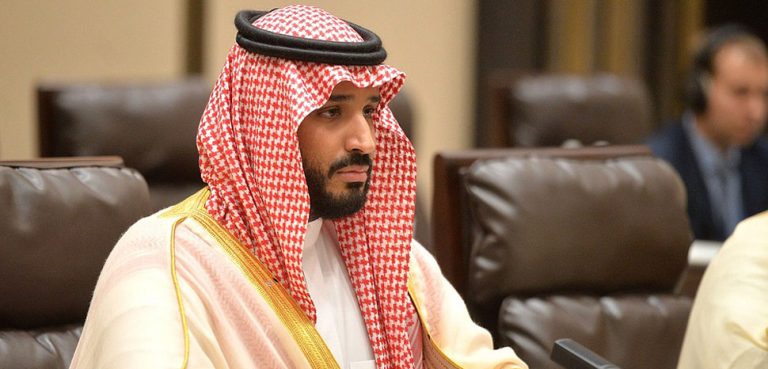Summary
Authoritarian governments are evolving new ways to navigate a US-dominated international system that has long been weighed against their interests. Russia is the most obvious recent case with its high-profile disinformation and hybrid warfare strategies. But there’s another rising power on the forefront of these influencing operations: China.
In order to consolidate CCP legitimacy at home and abroad, President Xi has resurrected an idea that’s as old as communism itself. The united front was famously credited by Chairman Mao as one of the ‘magic weapons’ that helped the CCP defeat a far more powerful opponent in the Chinese civil war. But this latest manifestation is anything but a direct transplant from a century ago. Rather it has been overhauled and refit for purpose in the modern age, playing to the CCP’s strengths and exploiting the weaknesses of its more liberal adversaries.
And so far it seems to be working.
Background
United front tactics are as old as communism itself, dating back to the Russian Revolution. The concept is simple: assemble a coalition of likeminded or mutually interested parties to overcome a more powerful adversary, even if these allies are not otherwise perfectly aligned on ideology.
In Vladimir Lenin’s own words:
From all this follows the necessity, the absolute necessity, for the Communist Party, the vanguard of the proletariat… to resort to changes of tack, to conciliation and compromises with the various groups of proletarians, with the various parties of the workers and small masters. It is entirely a matter of knowing how to apply these tactics in order to raise — not lower — the general level of proletarian class-consciousness, revolutionary spirit, and ability to fight and win.
“To fight and win” – that is the essence of united front strategy. The alliances it envisions are practical, calculated, and ultimately fluid; they are a means to an end, and that end is always defined by the party brass.
In the beginning the paramount adversary for Russia’s communists was the Tsarist state, and the earliest adoption of united front tactics sought to bring the Mensheviks and Social Revolutionaries into common opposition, alongside the Bolsheviks, against the forces of bourgeoisie oppression. Of course, these competing socialist parties would be banned and their members brutally repressed after Lenin seized power in 1917.
After the Communist Party of the Soviet Union was safely entrenched atop the summit of state power, the united front reoriented itself outward, adopting a global dimension focused on inciting international revolution (or at the very least the proliferation of USSR-friendly governments), which meant coordinating with individuals, organizations, and/or communist parties in far-off lands.
One fellow traveler was the Chinese Communist Party (CCP), which was both directed by Moscow early on and, in due time, developed its own take on the united front that survives to this day. United front strategy was a decisive factor in the CCP’s road to power. Initiated in 1924 at the urging of the Soviets, the First United Front drew the CCP into an alliance with its bitter rival, the Nationalist Party of China (KMT), with the ostensible goal of defeating the northern warlords and consolidating state power over all of China. The venture came to an abrupt end in 1927, when the KMT’s Chiang Kai-Shek began a wide-ranging purge of the communist rank-and-file. A violent split followed, with CCP members fleeting to the countryside only to be routed and pursued for thousands of kilometers in the now-legendary Long March. The two sides would remain in a state of open conflict for over a decade.
The Second United Front was announced in 1937, but only after Chiang Kai-Shek was kidnapped and held hostage by advisors until he promised to join with the communists in a war of national survival against the invading Japanese (the ‘Xian Incident’). The Second United Front would nominally hold up until 1945, and its collapse marked the advent of the final phase of the Chinese civil war.
Both civil war-era united fronts involved a weaker Chinese Communist Party trying to ensure its own survival vis-à-vis a far more powerful Nationalist Party. The First United Front afforded new people-to-people opportunities: the CCP brought its message to vast tracts of the Chinese countryside and converted much of the KMT’s left-wing membership to its cause. The Second United Front brought a desperately needed reprieve after a decades-long KMT onslaught, allowing the CCP to reorganize its political and military structures in preparation for the final battle to come (for example, this is when the Eighth Route Army was formed). Both were key to the CCP’s ultimate survival, causing Mao to remark in 1949 that united front work was one of the three “magic weapons” that helped his party defeat a numerically superior and far better equipped KMT.
Mao’s praise helped entrench the mystique of the united front in official Party dogma, ensuring it a prominent place in future policy.
The united front promoted by the Communist leadership in 1948 was an entirely different affair. The CCP had already ‘fought and won’ and found itself in control of nearly all of China’s territory. Now it shifted gears toward reconciliation and rebuilding efforts. The Chinese People’s Political Consultative Conference (CPPCC) was emblematic of the process. Formed in 1949, the CPPCC brought together delegates from various political parties, regions, PLA units, and professions. Intellectuals, students, and even capitalists were invited to participate; their technical expertise was viewed as essential for keeping the country running smoothly during the transition to communist rule. Yet then as now, the CPPCC was merely a pantomime of parliamentary debate: all delegates attended at the pleasure of the CCP, and every decision was adopted by a unanimous vote.
The post-war reconciliation window slammed shut in 1956, when Mao adopted class struggle as a defining tenet of CCP rule. United front work fell out of favor as a result, only to be resurrected in the aftermath of disasters like the Great Leap Forward and the Cultural Revolution, when the central leadership felt the need to shore up Party rule by bringing marginalized groups back in from the cold. After Mao’s death in 1976, the united front bureaucracy assembled valuable expertise from overseas and domestic Chinese, spurring China’s economic reforms. It was also called on to help insulate China’s international image following the Tiananmen Square protests. Yet broadly speaking, united front work was mostly an afterthought in the post-Mao era.
That is, until Xi Jinping became president.
United Front in the Xi Era
United front work is one of several Mao-era policies that President Xi has dusted off and refitted for contemporary use. The president has even evoked Mao’s language, describing the united front as a “magic weapon” that can be used to bring about “the great rejuvenation of the Chinese nation.” And unlike his recent predecessors, Xi’s praise goes beyond lip service. The past five years have seen a significant expansion and institutionalization of the united front bureaucracy, with some 40,000 new United Front Work Department (UFWD) cadres estimated to have been added since Xi became president. Over the same period, bureaucracies like the Religious Affairs Bureau, State Ethnic Affairs Commission, and State Council’s Office of Overseas Chinese Affairs have been folded into the UFWD to expand the scope of its mandate. And a more direct line of control has been established between the CCP Politburo and the UFWD, allowing the president’s inner circle a more active say in the department’s day-to-day activities.
What’s driving this renaissance of united front work?
An internal CCP memo leaked in 2013 might hold a clue. The memo – bearing the unabashedly bureaucratic title of ‘Document Number Nine’ – outlines a number of threats to CCP rule, including Western parliamentary democracy, universal values, civil society, neo-liberalism, and freedom of the press. The paranoid tone of the memo might have come as a surprise to international observers back in 2013, but now over five years later it is reflective of the new normal of Chinese politics, evident in the Xi administration’s ongoing crackdown on any and all signs of dissent.
The memo also brings the motivations driving renewed united front work into sharper relief: the CCP is still very much in survival mode.
The Party faces an international system that harkens back its lopsided struggle against the KMT during the civil war: allies are in short supply, institutions are dominated by adversaries, and the global information commons remain broadly sympathetic toward Western values. On the home front, Chinese society is increasingly complex and it’s getting harder to keep disparate economic, ethnic, religious interests in lock-step with Party directives.
This is where President Xi’s newly empowered UFWD comes in. The department is tasked with eliminating these contradictions and removing incipient threats to CCP rule. More specifically, its activities have included influencing academic debate on ‘sensitive’ issues like the status of Taiwan and Tibet; activating overseas Chinese communities to promote the interests of the Chinese Communist Party; monopolizing Chinese-language media outlets overseas; purchasing and cooperating with foreign media outlets to control the narrative on how China and the CCP are portrayed; and cultivating influential and well-placed individuals with business interests or sympathetic views toward China.
United front work can be on the individual or institutional level, and it almost always takes place in a gray area of plausible deniability. It can take the form of person-to-person contacts whereby a targeted individual receives perks like investment opportunities or free trips from entities with indirect or direct links to the united front bureaucracy. These perks might be offered with a future quid pro quo in mind, or they could just be meant to produce a more general feeling of goodwill toward the Chinese government. But that’s just the carrot side of the equation. The stick can also come out in the course of these operations; for example, when a foreign journalist or academic is threatened with legal action or even physical intimidation for advancing a view that’s contrary to CCP interests.
The united front’s top-level bureaucracy is constituted by the UFWD, a Party agency that reports directly to the central committee, and the CPPCC, which brings members of faux opposition parties together with luminaries like Jackie Chan, Mo Yan, Yao Ming, and billionaire Xu Jiayin for consultative sessions once a year. But underneath these entities there’s a globe-straddling ecosystem of cultural and political organizations, one that would represent a genuine civil society if not for its ultimate subservience to the CCP leadership by way of the UFWD – in fact, these bodies are often mistaken for genuine grassroots movements by Western journalists who have never heard of the united front before. Just one of many possible examples is the China Council for the Promotion of Peaceful Reunification (CPRC), which trumpets the official party line on the dangers of Taiwanese independence from its 200 chapters in 90 countries. There’s also the Chinese Students and Scholars Associations (CSSA) which are popping up on college campuses throughout the world. The CSSAs perform the service of helping Chinese students navigate the challenges of life in a strange land – admittedly a very useful service – but they also seek to ensure that this new land doesn’t change the way that students view the CCP or its policies, and if it does, that the Party is first to know about it. Herein lies the duality inherent to many overseas united front organs: outwardly grassroots, internally Party-controlled; half soft power, half sharp.
The goal of this article has been to trace the general arc of the united front as a historical concept, not to provide a full accounting of its current operations. The past five years have clearly shown that united front work is on the ascendance, having successfully made the jump from Mao Zedong to Xi Jinping Thought. And given the potential consequences for intellectual freedom and influencing operations, Western policymakers can ignore these developments at their own peril.




